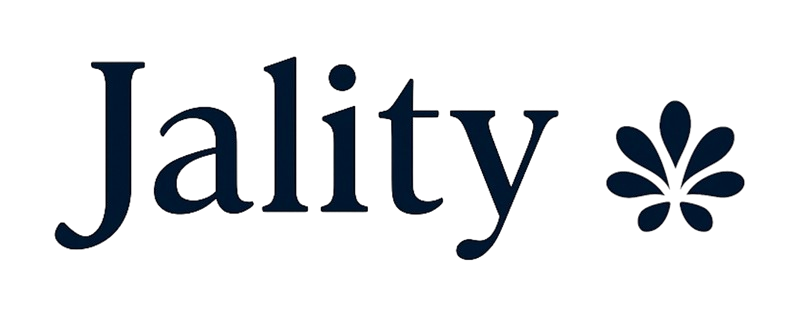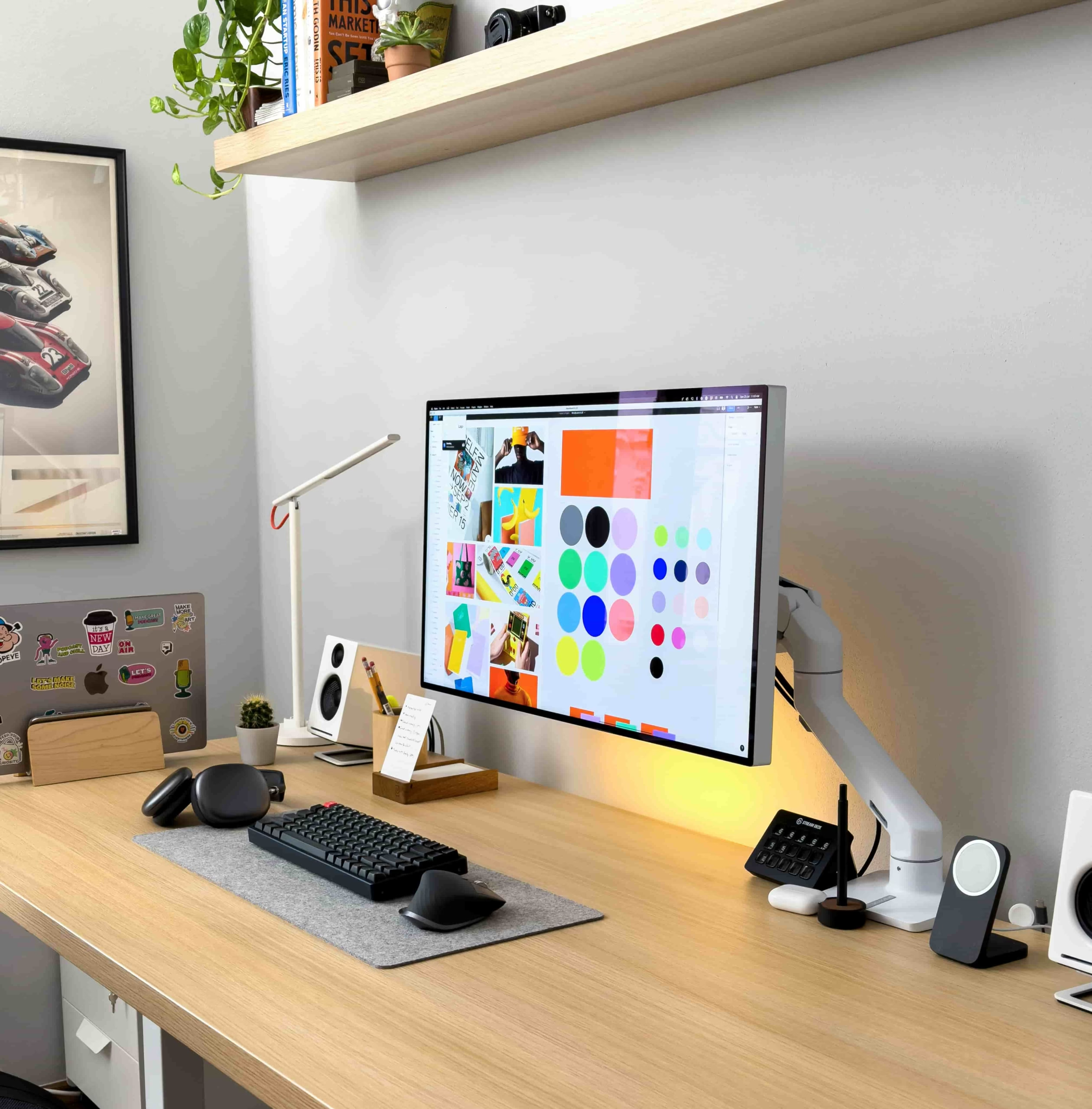A couple of years ago, I found myself drowning. I was juggling freelance writing projects, managing client emails, building a website, handling invoices, and somewhere in the middle of all that, trying to find time to eat and sleep. My desk was filled with sticky notes, my laptop had twenty tabs open, and I had more to-do lists than I could keep track of.
One Monday morning, I missed a client deadline by an entire day. Not because I was lazy, not because I didn’t care but because I had forgotten about it. That moment was a wake-up call. I realized that my lack of organization wasn’t just inconvenient it was costing me opportunities.
That’s when I began my search for a better way to manage my work and time.
The Real Problem with Most Productivity Systems
We’ve all tried those traditional to-do list apps, maybe even juggled between sticky notes, whiteboards, calendars, and endless reminders. But here’s the truth I learned: productivity isn’t just about checking tasks off a list it’s about knowing what to do, when to do it, and having the mental space to focus on it.
I once tried managing a team project with a basic spreadsheet. We were tracking assignments, due dates, feedback rounds, and files all in one document. Within a week, the spreadsheet became a mess. Tasks were missed, deadlines slipped, and no one really knew who was working on what.
The problem? Tools that aren’t built to scale with your workflow end up creating more confusion.
What Makes a Workflow Truly Effective?
When I think about an effective workflow, a few things come to mind:
Clarity
You need to clearly see what needs to be done. I remember during a launch project, one of my teammates couldn’t figure out their responsibilities because the instructions were buried inside a long Slack thread. The result? Work was duplicated, and we wasted hours.
Centralization
Everything needs to be in one place. Not across five apps. Not in different folders. One single dashboard where tasks, docs, conversations, and timelines live together. I once forgot to send an updated brief to my graphic designer simply because it was stored in a different tool.
Customization
Every team is different. I’ve worked with creative teams who prefer visual boards, while developers love checklists and sprints. The best system adapts to you, not the other way around.
The Turning Point: Creating Systems That Work for Humans
Eventually, I sat down and mapped out what I really needed from a productivity system. It wasn’t just about task management. It had to include documentation, collaboration, time tracking, goals, dashboards, and the ability to adapt to each project’s demands.
That’s when I discovered a platform that could handle it all. But before we talk about that, let’s explore the core elements every person or team should look for.
The Core Elements of a Complete Productivity Platform
Task Management That Goes Beyond Checkboxes
Tasks should be more than just a name and a due date. They need subtasks, priorities, comments, attachments, and statuses.
I once worked with a client who needed copy for five different landing pages. I created a task for each page, added subtasks for writing, editing, client review, and final delivery. Everything was inside the task references, attachments, deadlines, comments. Nothing was lost in email.
Docs and Notes That Integrate Directly
Ever tried managing a team wiki or meeting notes in Google Docs while your actual tasks live somewhere else? It’s exhausting. I’ve had entire brainstorms buried in my Drive because there was no connection to the actual tasks.
A good platform lets you create documents, link them to tasks, and even embed them into dashboards.
Time Tracking and Goals
Freelancers especially need to track time for billing, for productivity, for understanding how long things really take. Once, I thought a newsletter project took me 2 hours. When I actually tracked it, it was closer to 5.
And goals? They’re more than just vanity metrics. In one client project, we set a goal of publishing 8 blog posts a month. By tracking it visually and tying it to task completion, we were able to stay accountable.
Automations That Save Mental Energy
Imagine assigning a task and having it automatically notify the right person, set a due date based on priority, and move it to the right folder. That’s not just fancy it’s smart.
I use automations to assign client onboarding tasks, send a reminder if something’s overdue, and archive completed work. That’s dozens of small decisions I don’t have to make every day.
Dashboards That Give You a Bird’s Eye View
Whether you’re a solo entrepreneur or managing a team of ten, seeing everything at a glance is a game changer. During one launch campaign, I created a custom dashboard to track content progress, bug fixes, feedback loops, and deadlines. One look, and I knew exactly where things stood.
Collaboration That Actually Works
Back-and-forth emails don’t cut it anymore. Real collaboration means commenting directly on tasks, tagging teammates, assigning feedback, and updating statuses. I remember a time when feedback for a single social media post came in via email, WhatsApp, and Google Docs. We wasted an entire day syncing it all.
An integrated workspace prevents that mess.
Adapting to Different Workflows
I’ve used the same platform for:
- Planning a product launch
- Managing my own content calendar
- Onboarding freelance clients
- Tracking invoices
- Running team meetings
It adapted every time. That flexibility is powerful and rare.
Is It Really Worth Switching?
When I finally migrated all my work to a centralized productivity platform, I was worried it would slow me down. But the opposite happened.
Within the first week:
- I saved nearly 4 hours just from not switching between tools
- I completed tasks faster because I didn’t need to ask for context
- I felt calmer because I finally had clarity
That will be all for today. Stay tuned for the next post!!




